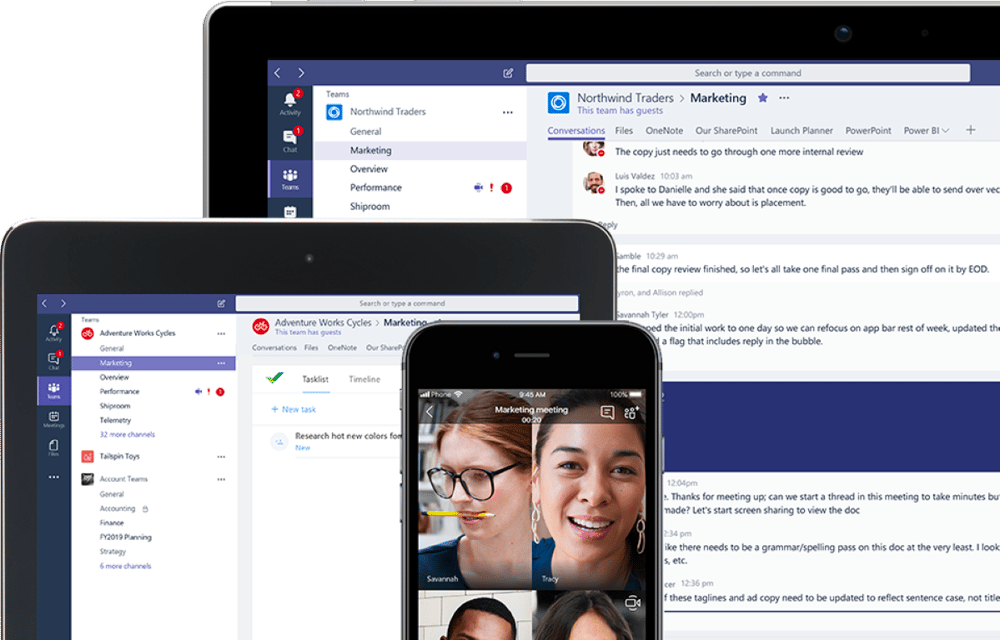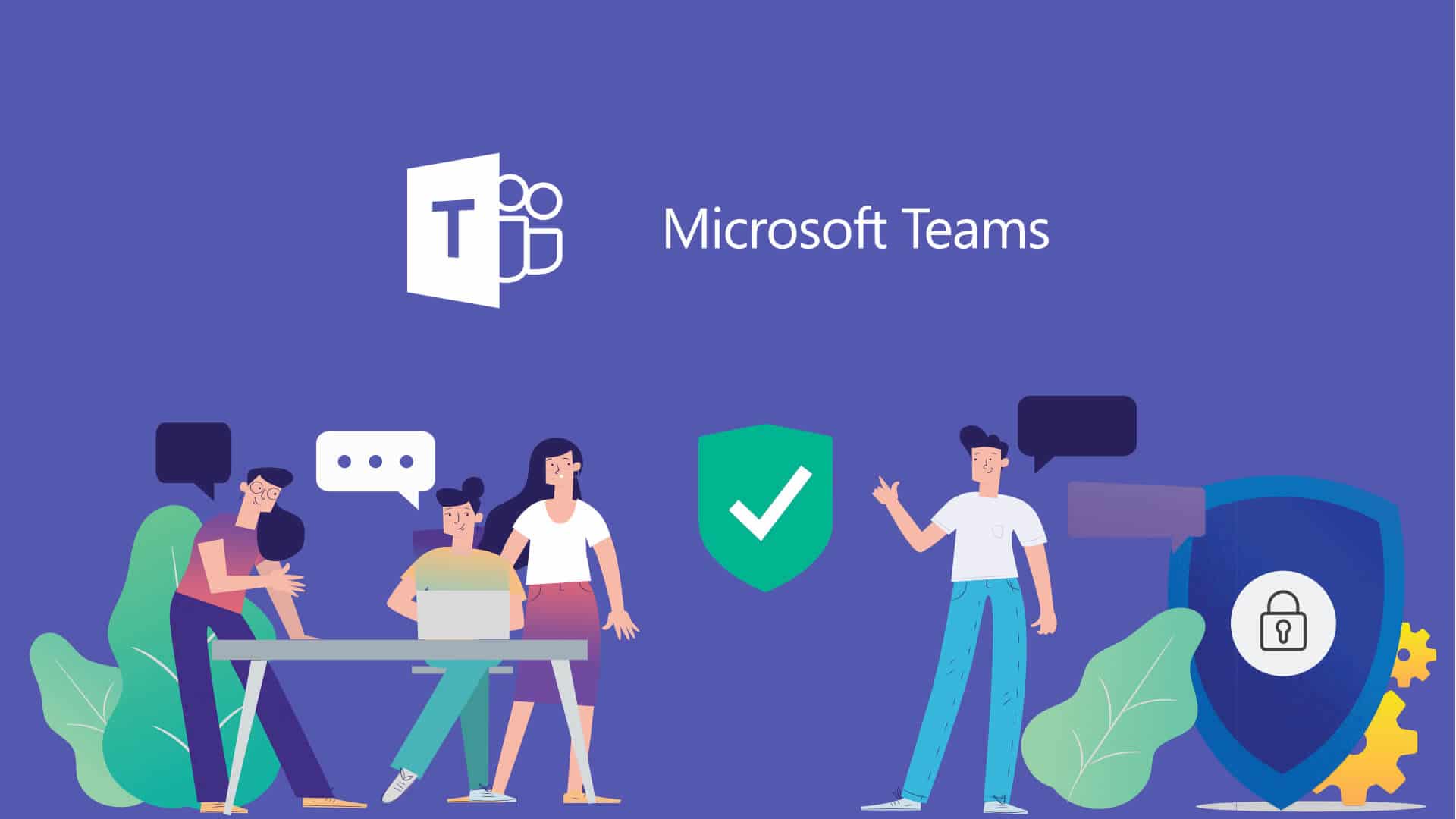As a CIO or an IT leader, you’re responsible for guiding your organisation through the process of bringing your colleagues back to the office.
But just because the economy is reopening, doesn’t mean that it’ll be business as usual. You’ll also have to prepare everyone for the “new normal” in the post COVID-19 world.
Because of the COVID-19 pandemics, businesses have been forced to adapt to the crisis, and IT leaders like yourself have made it happen by implementing new ways of carrying out the day-to-day work.
The changes you've made will continue to influence the way work is done, even after your colleagues have returned to their desks.
What should you keep in mind, and what are the next steps you should take in the course of carrying out your new responsibilities?
We’ve gathered selected insights from business leaders from all over the world, which reveals their top priorities for helping their organisations adopt new ways of doing business that will be necessary in the aftermath of the COVID-19 pandemic.
Ensure IT Has The Tools To Support Remote Collaboration

Use Microsoft Teams to connect with your colleagues.
Now that remote working has proven to be a viable way of doing business thanks to the prolonged experiment imposed by the Circuit Breaker measures, flexible working arrangements such as WFH and staggered hours will become much more common than before.
This means that even though some workers will be returning to the office, there will be many others who will still need to adhere to work-from-home (WFH) arrangements during Phase One, and maybe even longer.
Your organisation's IT department will have to keep supporting the existing remote collaboration tools in your business for the foreseeable future. As Brian Kropp, Chief of Research in Gartner HR, points out:
The employees that come into the office will spend more time on a virtual platform. Even if the employees come into the office, given that other employees will be working remotely, they will continue to spend time on their Zoom and Teams platforms.
Even if all goes well and the COVID-19 pandemic becomes a thing of the past, the lessons learned from maintaining business continuity during this time will continue to influence how business is done.
Scott Crowder, CIO of BMC Software, also notes that:
While we don’t know what the lasting implications will be, we do know that remote working isn’t going away. Whether an organization sends everyone back to the office or sticks with a partial or complete work-from-home-workforce, IT must have tools in place to support the modern digital workplace.
Cultivate A Remote Work Culture In The Workforce

Collaboration tools are just one part of the equation. To ensure a successful transition of your organisation to the “new normal”, keep in mind this piece of insight from Chris Buxton, Chief Digital Officer at Stats NZ:
The challenge for staff working remotely is cultural.
To cultivate a work culture that embraces remote working, you must persuade your colleagues at every level in your organisation of the merits and benefits of working remotely.
Dion Hinchcliffe, Vice President of Constellation Research lays out what you'll need to focus on when trying to cultivate a remote work culture:
Now that the basic infrastructure for remote work is in place in most organisations, the CIO’s next step is to ensure fundamental digital collaboration skills are in place and a culture of network leadership is established.
You’ll need to implement a change management strategy as well as training programmes to ease your colleagues into the transition to the “new normal”, and help them unlock the full potential of their remote collaboration tools.
Touch Base With Your Workforce And Their Concerns

Let’s face it, there’s going to be some anxiety about returning to the office amongst your colleagues and peers, for one reason or another.
Some of them will harbour concerns about the threat that COVID-19 continues to pose, while others may be resistant to the changes you’ll be asking them to make to the way they work. In either case, it’s best that you follow the lead of Mike Wright, the Global CEO of McKinsey & Company:
I don’t think we’re going to ask anyone to do something they feel fundamentally uncomfortable with.
To address these concerns, Pat Wadors – the Chief Talent Officer of ServiceNow lays out what you need to be doing:
Engage your employees, survey them, figure out how they’re feeling during this time; and then modify your approach where appropriate.
You’ll need to understand what concerns your colleagues and peers about returning to the office, and then work your way to an arrangement that works for both your business and for them as well.
Implement Measures To Safeguard Employee Health At The Office

Even if your business is cleared to bring its workforce back to the office, it’ll still have to abide by preventative measures to minimise the risk of COVID-19 spread. Michael Matthews, CIO of Deluxe Corporation describes what his own organisation is doing as an example:
We’re thinking about ways of using technology, the internet of things, thermal scanners and other means of protecting our employees when they go back to the office. But we’re certainly not going to rush back to the office.
As the CIO or IT manager of your organisation, it will fall on you to acquire the necessary equipment and tools, and implement company policies that make full use of them to ensure that the workforce of your business keeps a clean bill of health.
While this will make a dent in your IT budget, Aamir Paul, the U.S. Country President of Schneider Electric SE foresees the opportunity to direct spending into investing in capabilities that will boost the efficiency of your business:
Safeguarding employees and enabling efficiency will need to take center stage. We’ll see unprecedented levels of capital and technology spending devoted to these areas over the next two to three years.
Invest in Automation and AI

Speaking of investing in efficiency-enhancing tools for your business, Peter Brown, a partner at PwC, shares this insight:
I think we’ll see businesses accelerating investment in these automation and back-office, process-enhancing technologies, that can be done digitally.
Look into implementing automation and artificial intelligence (AI) into your business processes, as these have proven their value in helping businesses provide services to their customers during the Circuit Breaker.
Not only would this help with your business continuity planning (BCP) in the event of future business disruptions, James Manyika, Chairman of the McKinsey Global Institute says:
The measures that will need to be in place to allow companies to reopen and people to return to work will further accelerate the digitization we’ve seen happen so rapidly during the pandemic.
A New Way Of Doing Business In The New Normal
With the need for robust BCPs to deal with future disruptions like the one caused by the COVID-19 pandemic, and increased interest in remote working thanks to its demonstrated viability, the way work will be conducted after the Circuit Breaker will be quite different from before.
And a lot of these differences will rely on increased adoption of technology by businesses, which IT leaders like yourself will be responsible for implementing.
As Simon Leste, the Chief Information Technology Officer of the Pension Protection Fund says:
COVID-19 has demonstrated just how critical technology is to the business.
For a technological solution which helps you enable remote working in your organisation and encourages collaboration in your workforce, we recommend Microsoft 365 Business, a cloud-based solution that integrates the productivity benefits of Office 365 with the security options of Windows 10. To find out more about it, click the image below.




